Inbox and Environment News: Issue 411
June 30 - July 6, 2019: Issue 411
Mona Vale Surfing
Published by Walk Cycle Sydney in 2017
Surfing at Sydney's northern beach of Mona Vale, with Avalon surfer Keyo Rhodes.
Project Penguin Expo Day 2019
On Thursday this week, June 27th, Taronga Zoo hosted the 2019 Project Penguin Expo. There were some brilliant ideas and projects on display - fantastic effort by everyone!
During early May 750 students across 5 Northern Beaches primary schools and 4 high school campus’ converged onto Little Manly Beach and Collins Flat. Students were investigating how humans and introduced flora and fauna are impacting the habitat and breeding sites of the Little Penguin breeding population that lives there. They also collected a fair amount of plastic debris!
Students then commenced collaboratively designing, building and testing an innovative STEM prototype that aims to protect, conserve or raise awareness of this special animal.
On May 28th, 2019 more than 550 students from 5 Northern Beaches primary schools visited Taronga to connect with marine species and experts and continue to understand the threats that the unique breeding population of Little Penguins in Manly faces.
Thank you to all the local experts from NSW National Parks & Wildlife Service, NSW NPWS Penguin Warden Volunteers, Manly Environment Centre and Taronga Zoo staff for giving up your time to share your stories, experiences and knowledge.
Then the students applied their STEM-based skills to develop a prototype which increases predator protection, manages marine debris or raises community awareness.
For six weeks, school students learn everything about the Little Penguins that live in the Manly local area, becoming youth ambassadors for this locally threatened species.
As a culmination of the program the students start their own community education program by getting their conservation messages out to the public. Following the expo their work is displayed in various community locations within the Northern beaches area.
The colony of little penguins at Manly on Sydney Harbour is protected as an endangered population under the Biodiversity Conservation Act 2016. Areas of penguin habitat around Manly have also been declared 'critical habitat'.
Also running this Issue is some great news about work being done to help the Little Penguin colony on Lion Island - visit the Pictures page for more!
If you are near a little penguin colony, you can help protect these endangered native seabirds:
- never allow your dog or cat to roam free in areas where the little penguin may have its breeding sites or burrows
- if you see little penguins when you are near the coast, keep your distance - you may be near breeding sites or habitat areas which can easily be disturbed
NB: Protection of native animals - All native birds, reptiles, amphibians and mammals are protected in NSW by the Biodiversity Conservation Act 2016
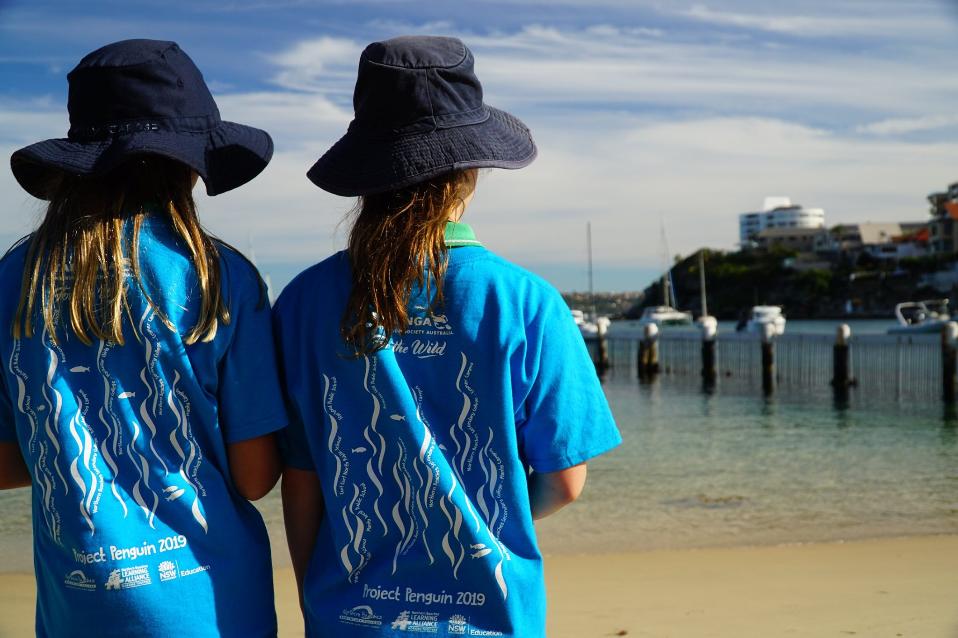
Between the Lines from Jason Hearn on Vimeo.
Between The Lines
By Jason Hearn
We all stare at the same ocean, however some of us choose to read between the lines.
This is a cinematic story following the photographic journey of Sacha Specker
It's an intricate and rewarding relationship between man and the sea that evokes food for thought.
To check out Sacha's work go to: sachaspecker.com
Credits:
Story - Direction - Cinematography : Jason Hearn
Cast : Sacha Specker as himself
Chris April as the Fisherman
Zeph Stentiford as young Sacha
Aad Van Der Linden as old Sacha
Voiceover: Olafur Darri Olafsson
Script written by: Peter Sherlock
Original Music score: Philip Ekstrom
Sound Design and Final Mix: Will Berridge and Carlos Hernandez
Studio on location sound: Ike Forsyth
Phantom Camera : Johan Horjus
Edit: Jason Hearn
Gaffers: Dickie "Badger" Bloemraad
Yazeed Williams
Intro mood score: Juice Audio
Stylist: Althea McPherson
Timelapse Photography: Brendon Wainwright
Rory Allen
Craig Howes
Extra Footage: Sacha Specker
Paul Daniel
Mikey Corker
Dale Staples
Aerials: Peter Sherlock
BTS Photography: Brigitte Stanford
Dane Staples
Richard Johnson
Daniel Grebe
Studios: Platypus
Grinder Films
The Shred
Lighting gear: Flash Lighting and Digital
UNSW Alumnus Helps Craft Cadbury’s Response To Bigotry
June 26, 2019
by Nick Rafferty
UNSW Media & Content
When Abdul Abdullah heard about the campaign to promote respect and inclusivity, he knew he had an important contribution to make.
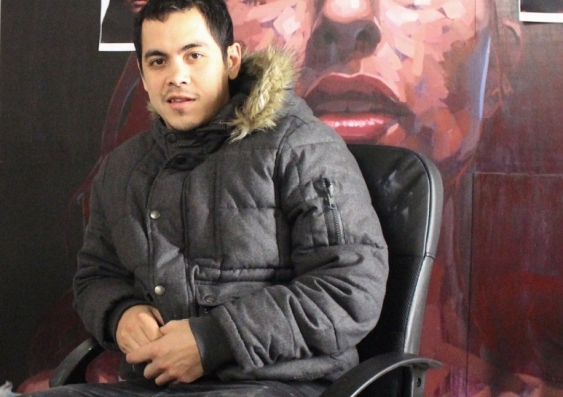
Helping to create a universal symbol for unity: Abdul Abdullah.
Critically acclaimed UNSW Art & Design alumnus Abdul Abdullah has helped design confectionery company Cadbury’s response to a protracted hate campaign by trolls.
After years of managing racist commentary on its social media, Cadbury asked Mr Abdullah to join other artists in creating Symbol for All, a logo and campaign to promote inclusion and tolerance and reject bigotry.
Mr Abdullah is a four-time Archibald Prize finalist. As a seventh-generation Australian Muslim, he said he was compelled to become involved after being contacted by the advertising agency working on the campaign.
“I was asked if I would be interested in working with a company that had recently experienced an online trolling campaign,” said Mr Abdullah. “When I found out it was to do with halal certification, I felt it was something I had to do.”
Cadbury’s ad agency, Ogilvy Melbourne, gathered eight artists, designers and an anthropologist from different cultural backgrounds to create the Symbol for All campaign.
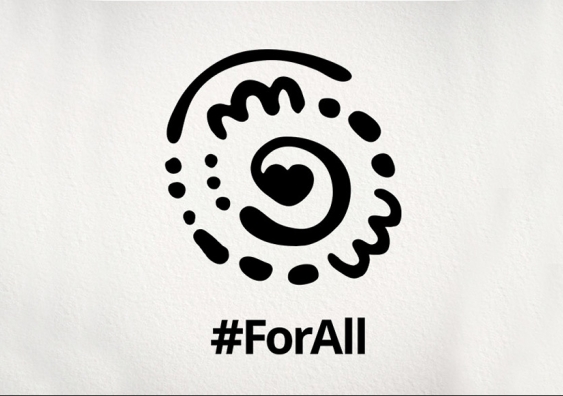
The Symbol for All was created for individuals to customise and use to express their support for a more respectful and culturally inclusive society. Image: Cadbury Australia.
“The Symbol for All was created for anyone to customise and use to express their support for a more respectful and culturally-inclusive community. It represents a universal symbol for unity designed to transcend all languages, cultures and faiths,” said Mr Abdullah.
The artist said the process of designing the Symbol for All was unique and unusual.
“I worked with a group of designers for four days, brainstorming and designing different 'marks' that responded to the brief. It was the first time any of us had met, and the first time any of us had worked like that,” he said.
“It felt a bit like reality TV. Each day we would work in groups and then come together to discuss the ideas. Eventually we paired the marks down to two distinct designs, and eventually decided on the final mark.”
Although ‘trolling’ of Cadbury’s Facebook page peaked at Easter time, the page was subject to negative and xenophobic posts throughout the year.
Ogilvy Melbourne creative directors Josh Murrell and Sharon Condy said that by “responding to all the negative commentary with a positive solution, we can shine a light on inclusivity and encourage others to do the same”.
In his practice, Mr Abdullah investigates the experience of being an ‘other’ in society and engages with marginalised minority groups.
'It was the first time any of us had met, and the first time any of us had worked like that. It felt a bit like reality TV.'
“I have always been interested in social justice. Being a Muslim in post-9/11 Australia means that I have existed as 'the other' since I was a child. For me it's not about making work 'about' marginalised groups, but rather making work that appeals and serves an audience who can relate to my experience.
“At the heart of my practice is encouraging audiences to afford others the specificity and complexity they afford themselves, and to recognise the moral obligation we have to the people who come after us to leave this world a bit better off than how we found it. I think this campaign aligns with that intention.”
His advice for emerging artists is to “find a community of smart, like-minded people, and work together. I think community is key. Also, work hard and expect plenty of setbacks. Finally, be kind.”
As well as being a four-time finalist in the Archibald Prize, Mr Abdullah is a third-time finalist in the Sulman Prize, and was shortlisted for the 2019 Venice Biennale.
He has exhibited in New York, Singapore and at the MCA in Sydney.
Mr Abdullah holds a Master of Fine Art from UNSW and sits on the UNSW Art and Design advisory board.
Neanderthals Used Resin 'Glue' To Craft Their Stone Tools
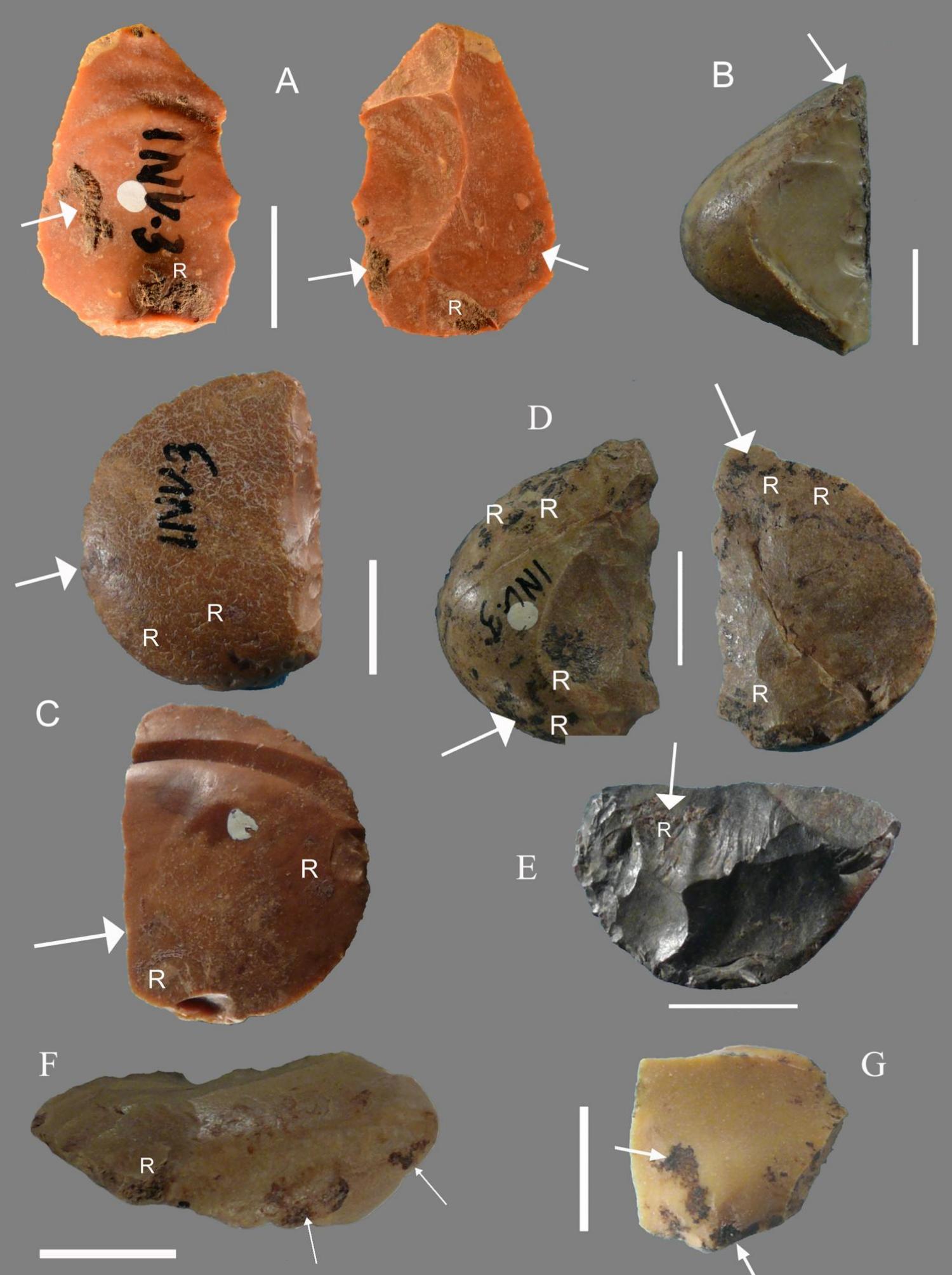
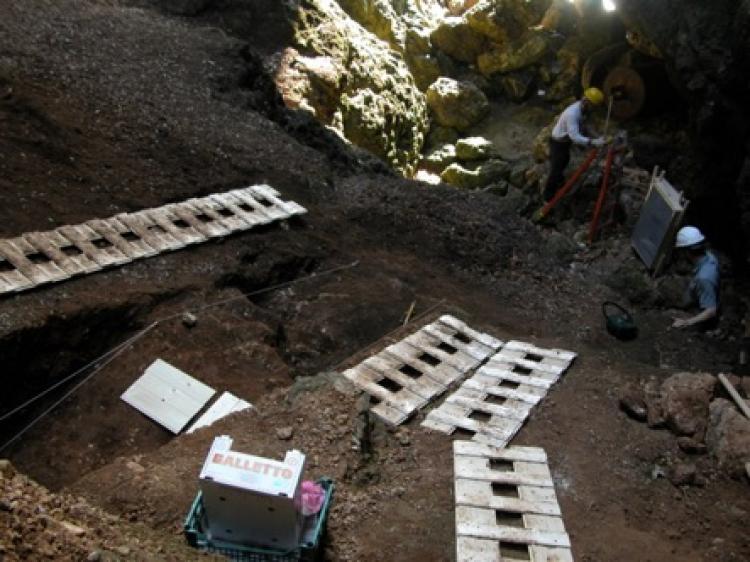
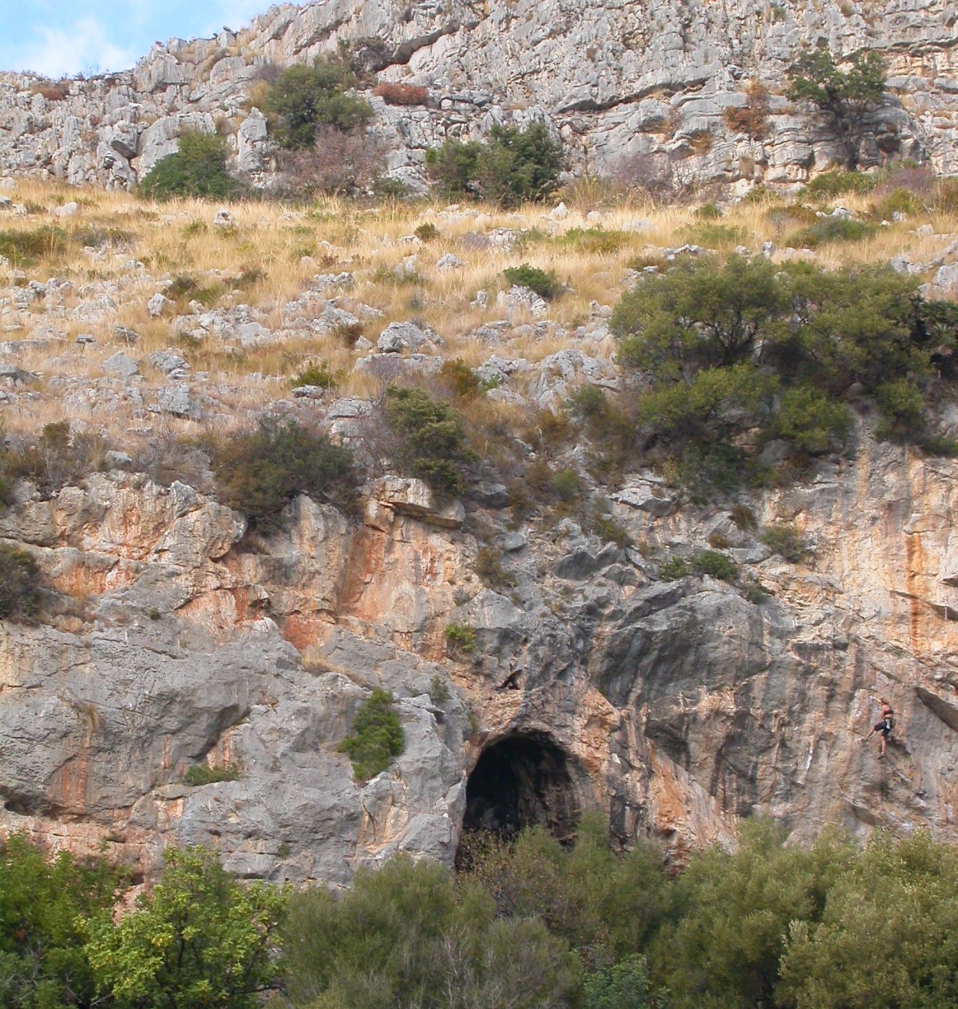
The entrance to the Grotta di Sant’Agostino. (Credit: Paola Villa)
Whale On!
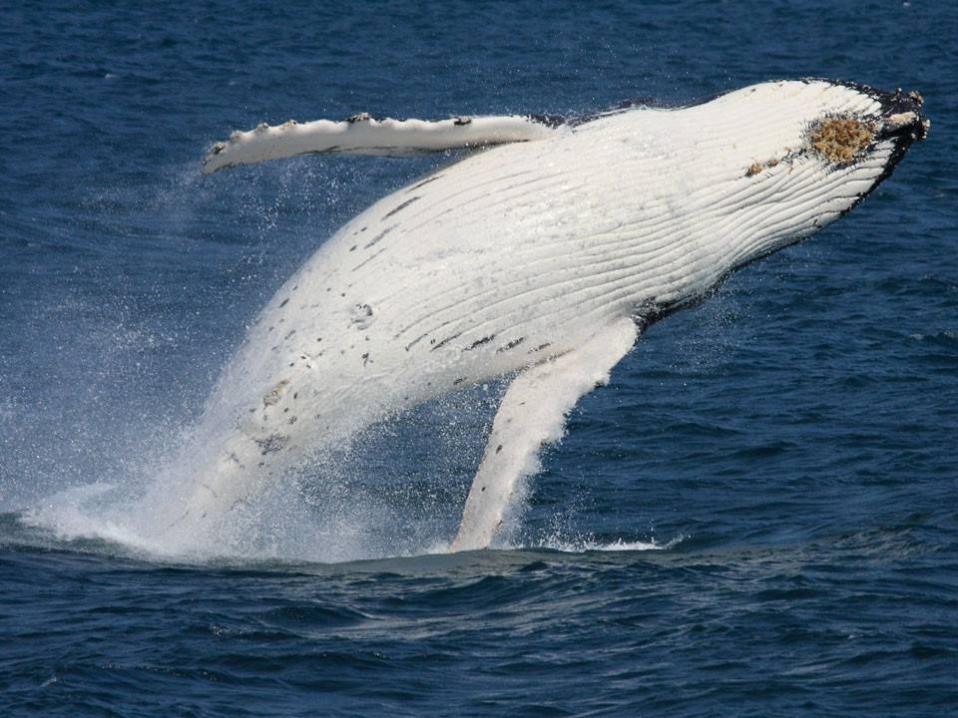
Catch A Glimpse Of A Humpback Whale
Visit a coastal NSW national park to spot a humpback whale, as they start their annual migration north.
From May to November 2019, over 30,000 humpback whales will migrate from the cold waters of Antarctica to the warmer waters off north east Australia to mate and give birth before heading south again.
Vantage spots for whale watching include national parks with lookouts, headlands and foreshores.
Southern right and minke whales may also be spotted off the NSW coast during migration season.
Keen whale-watchers can download the free Wild About Whales mobile app, which helps users find the best locations for spotting whales, get real-time notifications of nearby sightings, and record their sightings.
Environment Minister Matt Kean said the app is a great tool for the whole family to learn more about whales, while also contributing to a citizen science project.
“Citizen science volunteers and other organisations such as ORRCA do an amazing job of monitoring the number of whales migrating along the NSW coast each season,” Mr Kean said.
Saving Grevillea Caleyi Project Receives Funding Boost: June 2019
The team behind the Saving of Grevillea Caleyi
EFFORTS to restore habitat for the critically endangered Grevillea caleyi shrub in Northern Sydney are set to continue thanks to a funding boost from the Australian Government.
The Grevillea caleyi recovery, supported by Greater Sydney Local Land Services through funding of up to $250,000 from the Australian Government’s National Landcare Program, will be run in partnership with the NSW Office of Environment and Heritage and local bushcare volunteers.
Project manager Rebecca Mooy said the funding would complement six years of restoration efforts to date at the Baha’i Temple site and at other locations in Terrey Hills where the species occurs.
“This project has focused on protecting vegetation on the grounds of the Baha'i Temple which is home to the endangered native plant which is only found in Northern Sydney,” she said.
“Ongoing work will focus on protecting the endangered plant’s habitat through weed removal by both professional contractors and volunteers, planting in buffer zones adjacent to core habitat, lessening disturbance through removal of dumped rubbish and installation of fencing, assessment of the habitat condition and vegetation monitoring.
Grevillea caleyi habitat is restricted to ridgetops within Terry Hills, Duffys Forest, Belrose and Ingleside.
“Urbanisation over many years in these suburbs has decreased its habitat to just 15 percent of its original size, now an eight square kilometre area. The habitat that remains is fragmented and under threat from weeds, lack of fire in some places and to frequent fire in others, disturbance from vehicle, bikes, horse riding and rubbish dumping.
“It’s great to see ongoing investment into this important species.”
Ms Mooy said the project site was for the official announcement of the Regional Land Partnerships investment under the National Landcare Program late last year.
Under the program, the Government will support the delivery of 195 projects across the country that aim to contribute to four environment and two agriculture outcomes over the next five years.
The Government’s investment will support vital on-ground environment and agricultural projects across the country that offers benefits to our environment, our farms, and our communities.
David Palmer of the Pittwater Natural Heritage Association who, along with other passionate local bushcare volunteers within the community and Baha'i community, have been working at the site for a number of years. Pittwater Online asked David for comment on this great news.
"In the six years that PNHA has been coordinating work on the Bahai Temple site we have made a significant difference, with a reduction in weeds and a noticeable increase in the number of Grevillea caleyi seedlings.
This has been due to a great team effort: the the volunteers (not just Marita Macrae and myself, but all of the dedicated bush regeneration volunteer team), the bush regeneration contractors, Erica Mahon from the NSW Office of Environment and Heritage and the Bahai Temple management." David said this week
Thanks also to the team at Pittwater Online News. Sharing news of the development of this project with the community over the years has increased interest in the Saving of Grevillea Caleyi."
Jason Falinski, MP for Mackellar said “Here on the Northern Beaches we are blessed with such a beautiful natural environment.”
“However, we must never take it for granted and must always act to protect our native species. The Australian government is committed to preserving the Grevillea caleyi and that is evident through this funding boost. ”
Project manager Rebecca Mooy
Managing Native Vegetation
- ensuring notification forms include all relevant conditions of the Code to ensure these conditions are adequately communicated to landholders
- enhancing the recording of areas authorised for thinning and clearing and set asides by capturing recent satellite images and on-ground photographs of these areas
- progressing ICT system improvements to ensure notifications and certificates, and associated spatial data, can be delivered to OEH in a timely manner
- ensuring landholders are required to resubmit notifications that do not comply with the Code
- ensuring assessments of compromised groundcover are calculated at a time of year when the proportion of the native groundcover is likely to be at its maximum in compliance with the Code
- establishing guidelines for:
the extent of clearing allowed under the allowable activity of sustainable grazingtreatment methods that result in nil and minimal ground disturbance, especially in relation to invasive native species and thinning other native vegetation
- selection of set-aside areas that seek to maximise environmental benefits from these areas
- defining and reporting on measures to determine the impact of the Code on agricultural productivity, and the management of environmental risks.
- the inability of LLS to reject a notification or proposal for a certificate on the basis it would likely result in poor environmental outcomes
- the lack of oversight of authorisations for the clearing of compromised native groundcover
- the absence of the requirement to demonstrate that a species is invading a landscape prior to approving its clearing as an invasive native species
- discounts (i.e. reductions) in the area of land required in set asides when they contain threatened ecological communities or are of strategic landscape importance.
Lion Island's Little Penguins (Fairy Penguins) Get Fireproof Homes
Devastating news this week that 2 Little Penguins (Fairy Penguins) have been killed at Manly. Our hearts go out to their little penguin mates and all those who toil to keep them safe.
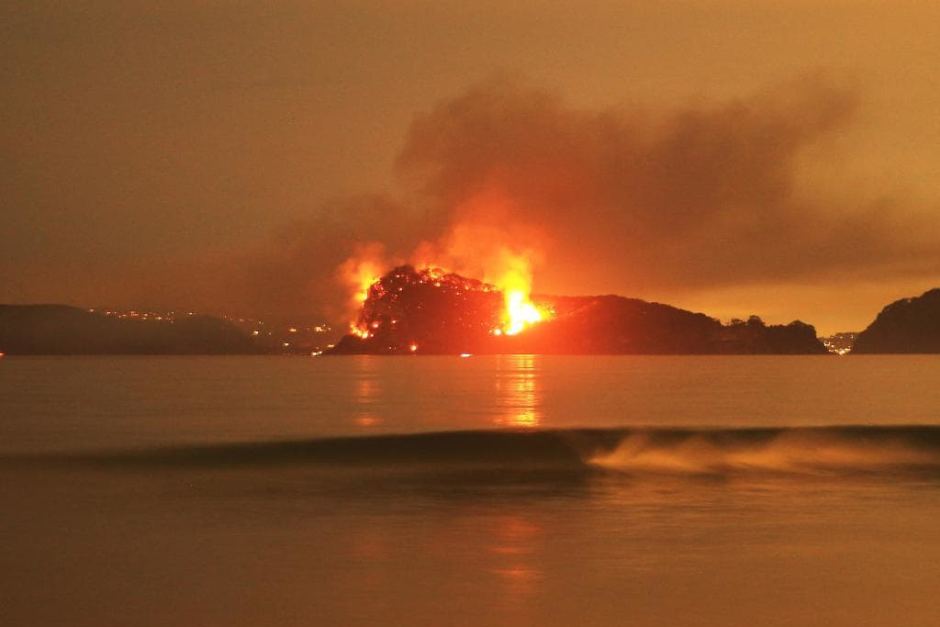
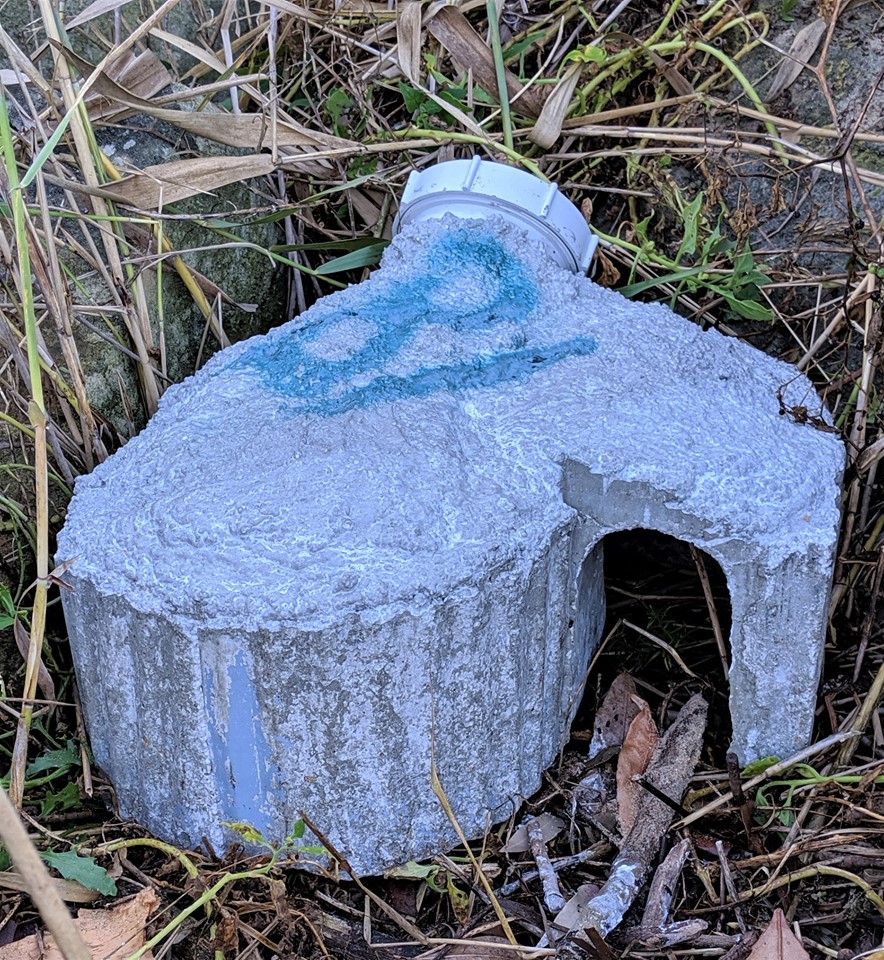
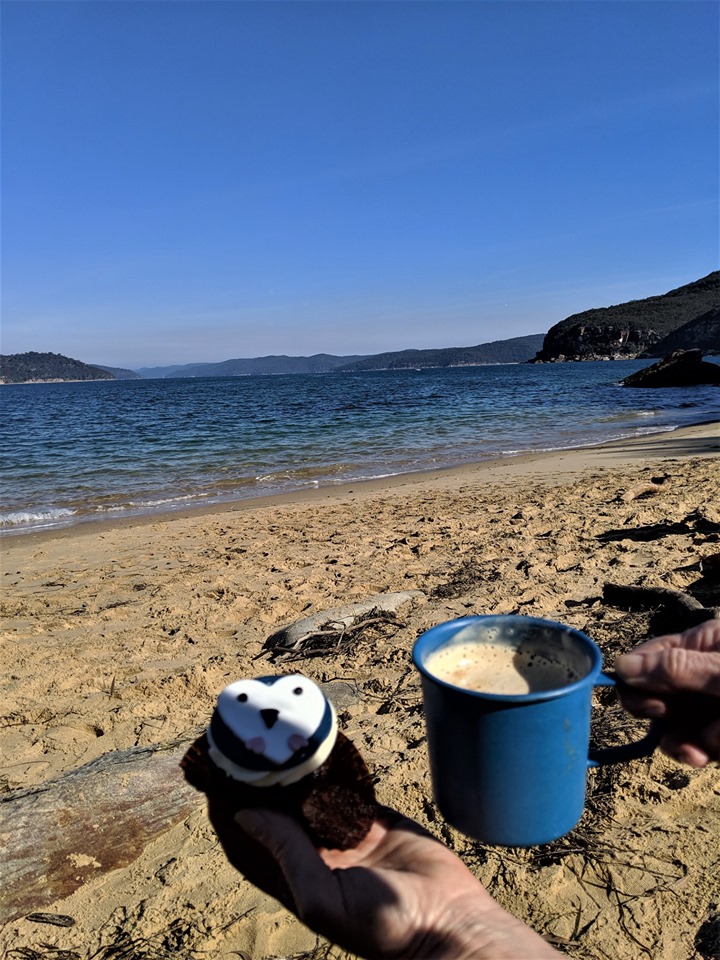
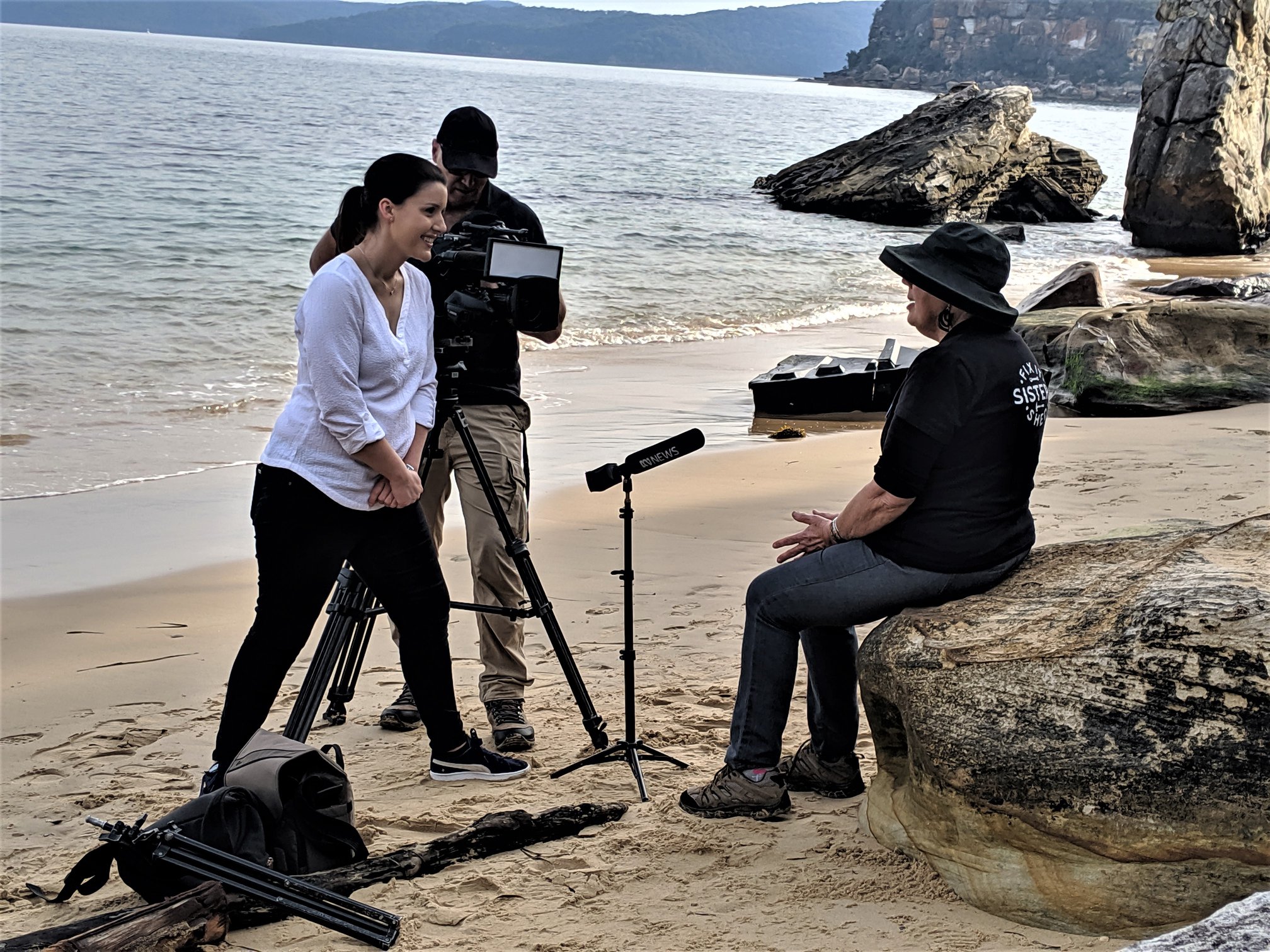
They used to walk across Ocean St Narrabeen and nest under Ross Jorgensons house,and there was a colony at Bollicky Beach(Turrimetta) Nth. Narrabeen. You could hear them from up on the Plateau, Edgecliff Bolv. down in the surf.There was a bait ground just off Sth Narra SLSC. Sava
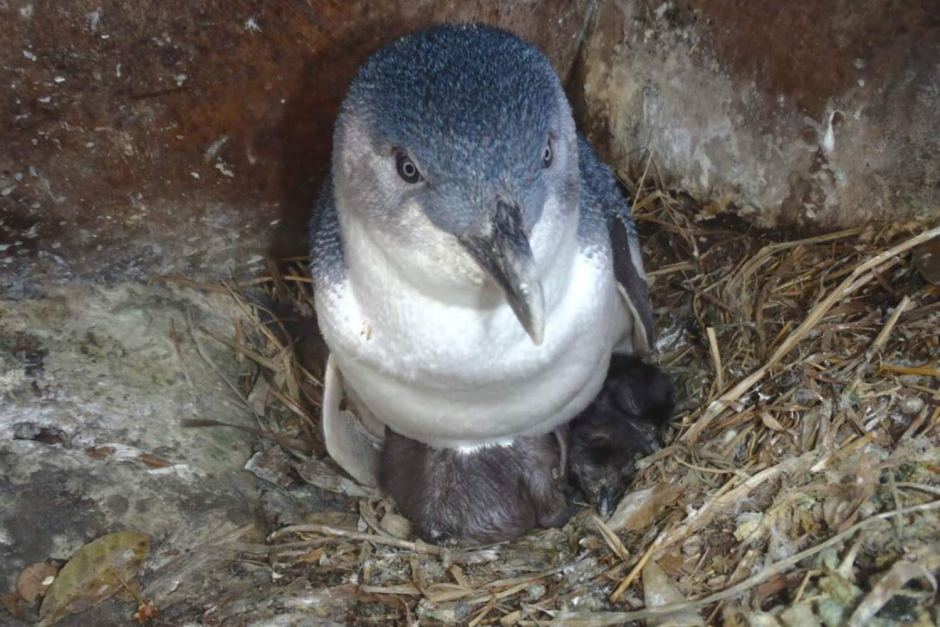
Dog Control Act Review Welcomed
NSW Upper House Inquiry Into Koala Populations And Habitat In New South Wales
Last Call For NSW Green Globe Awards Nominations
Green Globe Awards Categories
Topping Up Time For Our Native Fish In Ewenmar Creek
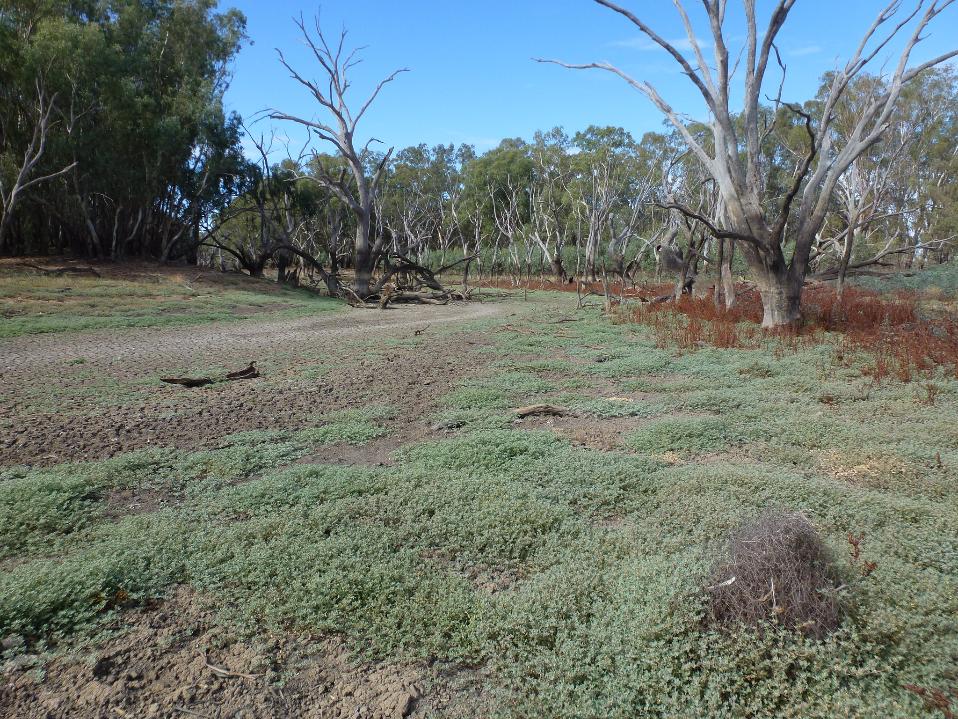
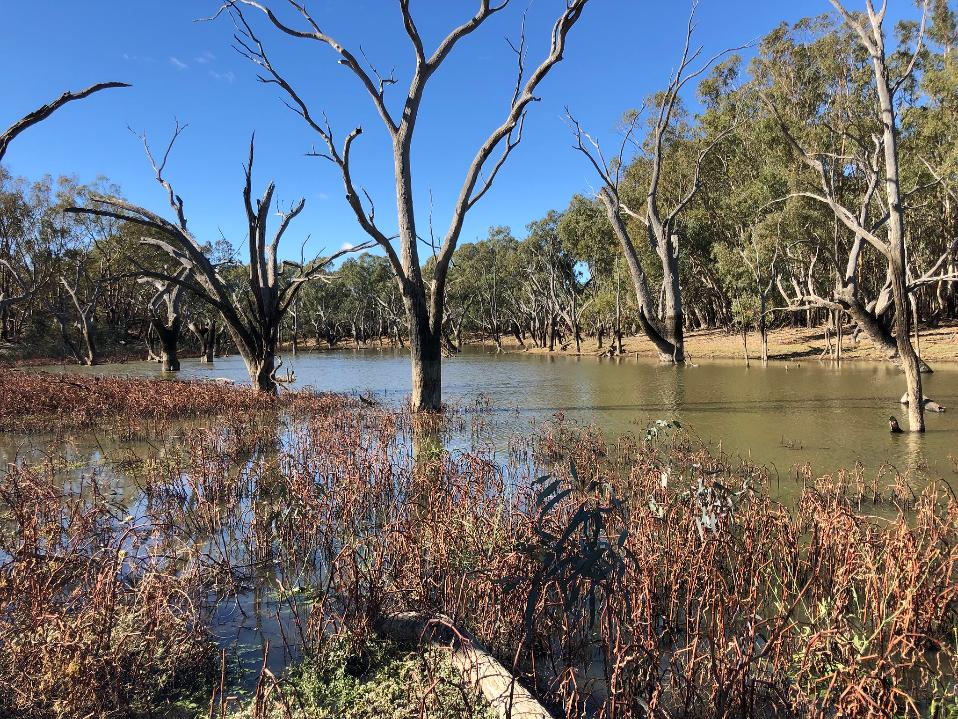
Namoi River At Gunnedah Still Dry: Comparison Photos From Ken 'Sava' Lloyd
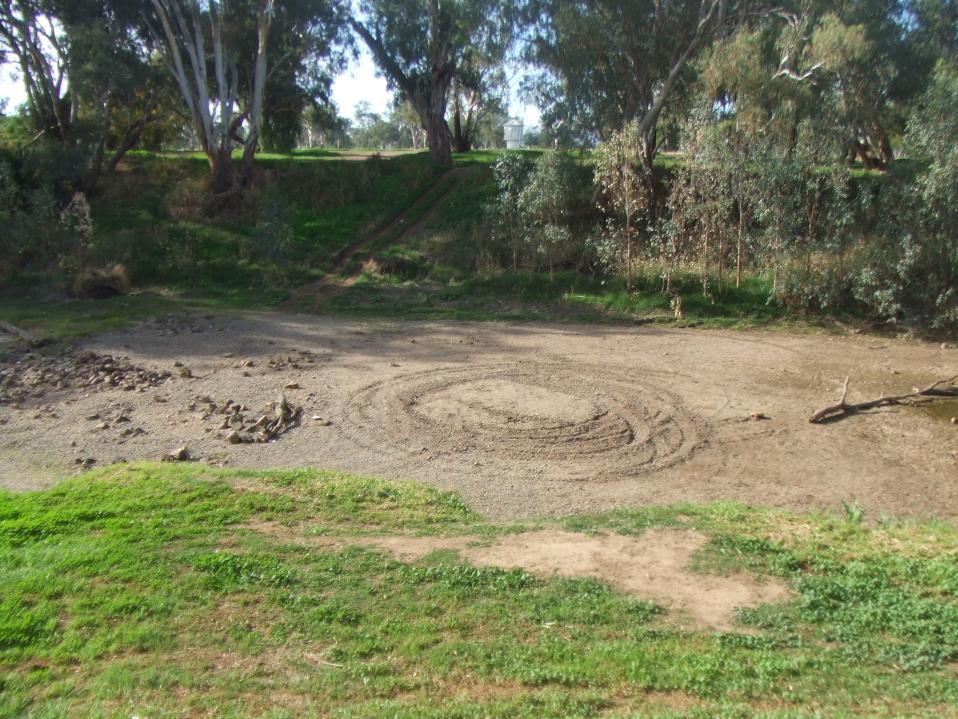
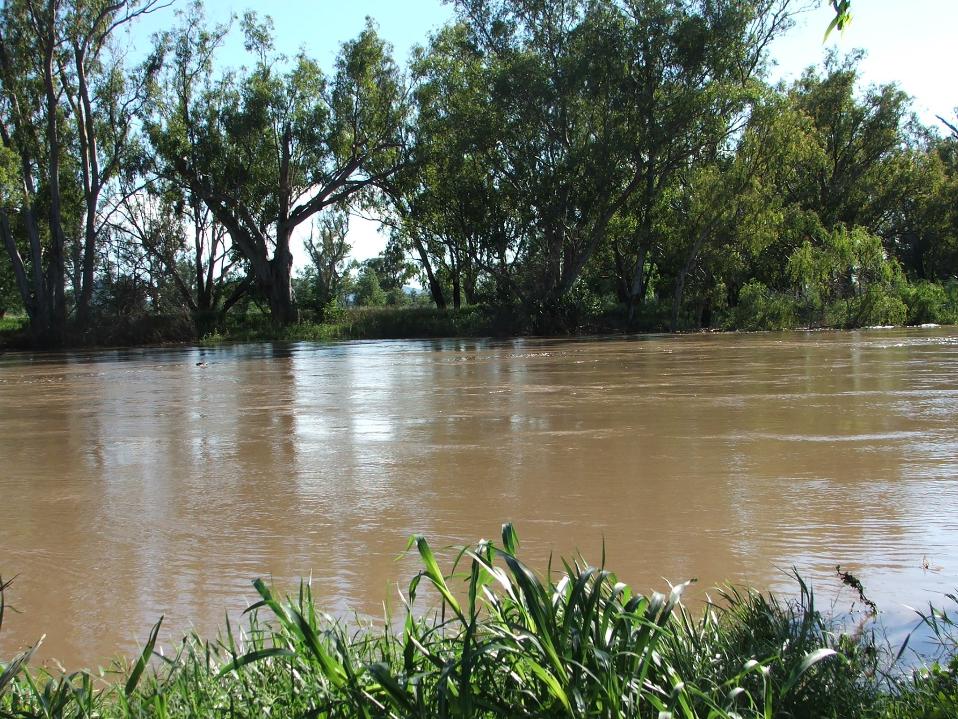
Country Music Stars To Join Farmers And Supporters In Big Bash In The Bylong Valley
National Tree Day 2019
Damage To The Ozone Layer And Climate Change Forming Feedback Loop
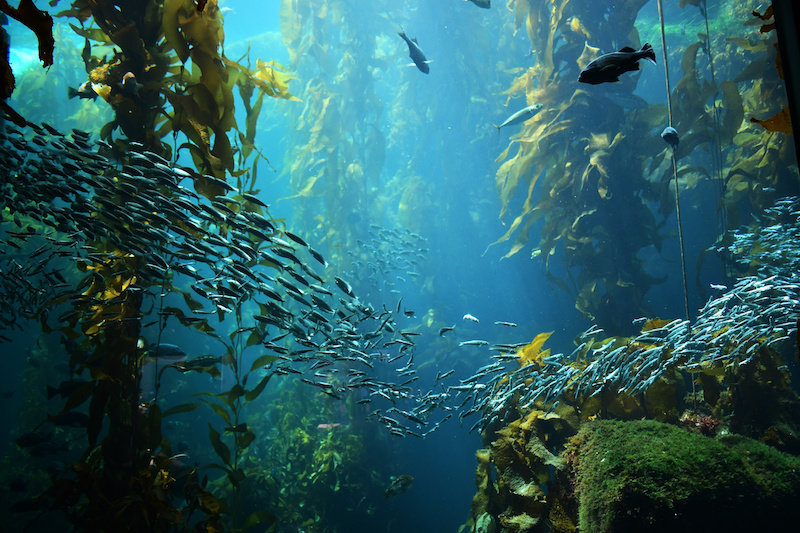
Volunteers Wanted To Spot Stray Marine Creatures
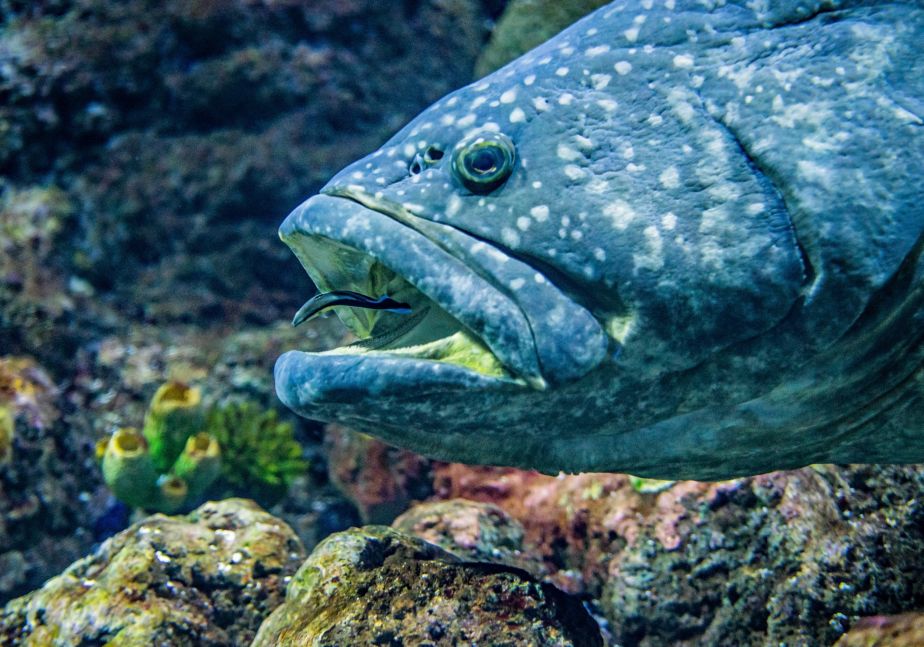
Roads And Deforestation Explode In The Congo Basin
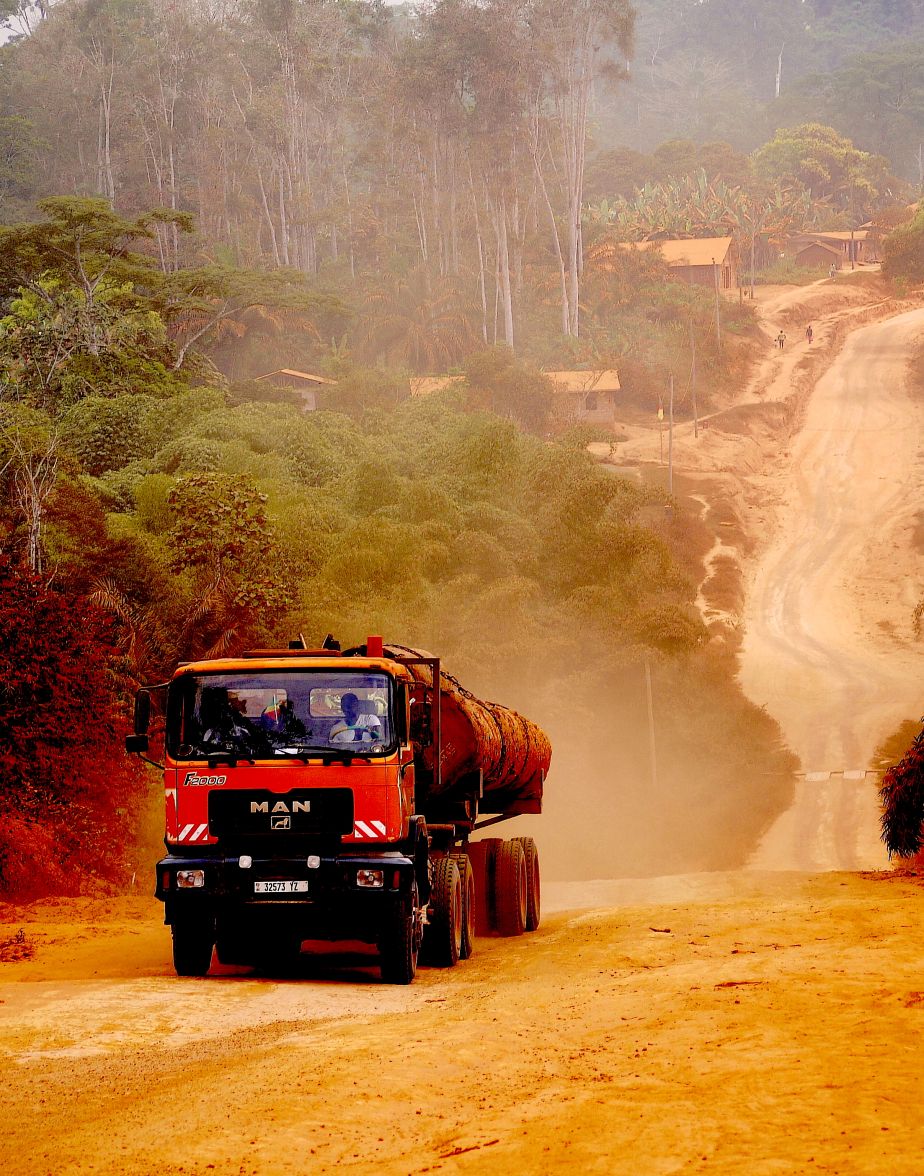
Survey Reveals People Think GBR’s Problems Need Collective Efforts To Solve
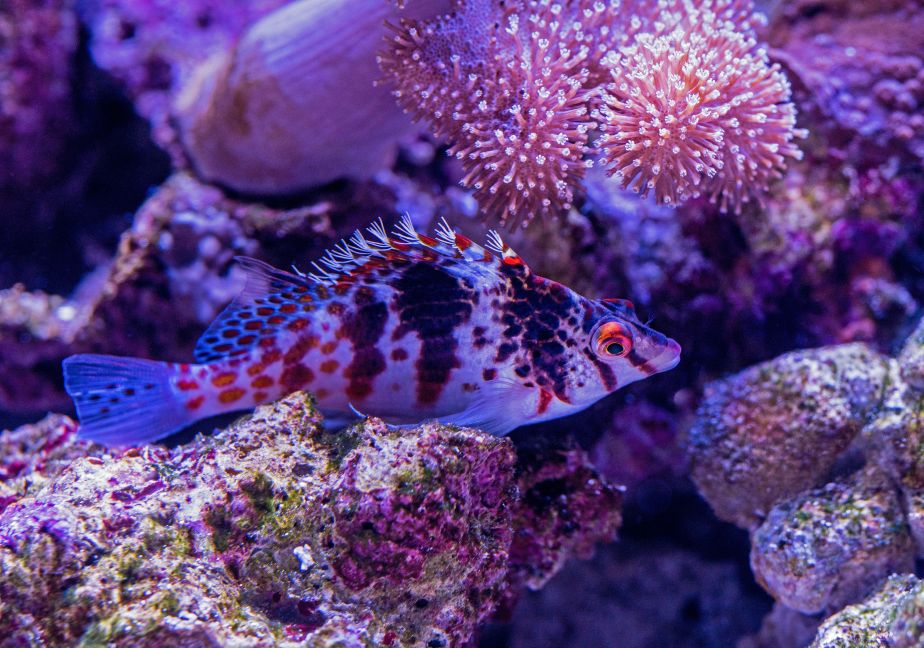
Australian University Sector Reaffirms Longstanding Commitment To Foundational Freedoms
Ozone Depletion Impacting Human Health
Cannabidiol Is A Powerful New Antibiotic
New Therapy Targets Gut Bacteria To Prevent And Reverse Food Allergies
North West Metro Marks One Month As TBM Kathleen Butler Prepares To Go Under The Harbour
- An average of 65,000 trips on weekdays;
- After the opening fare free day, Thursday 30 May was the busiest day on the Metro with 75,000 trips;
- Tuesday 18 June was the busiest morning peak with 23,000 trips;
- Tuesday 28 May was the busiest afternoon peak with 28,000 trips; and
- More than 7000 metro train services have run so far.